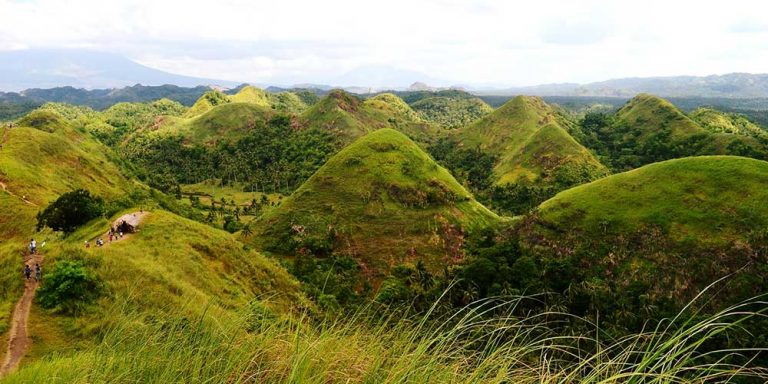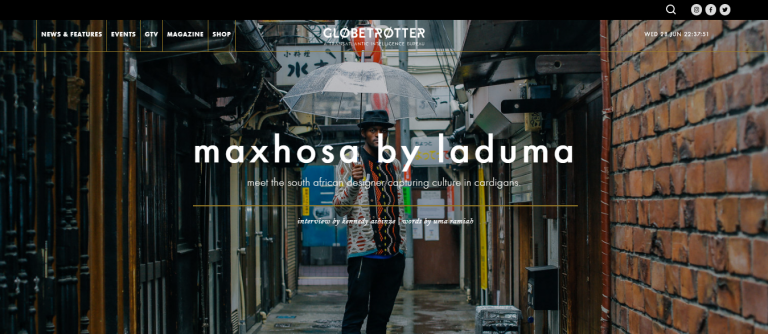The Ultimate Guide to Travelling in India for the First Time | India travel advice
India today is one of the most richly rewarding regions of the world to visit. First time visitors are often at a loss when faced with the vast possibilities for travel in India. In the first visit, it is possible to touch only a fraction of the places worth visiting. India is a land of unity in diversity, with several religions and cultures, and different languages and lifestyles in different regions. I reckon you follow these top ten India travel advice if you want to get the most out of your trip.
#When to go
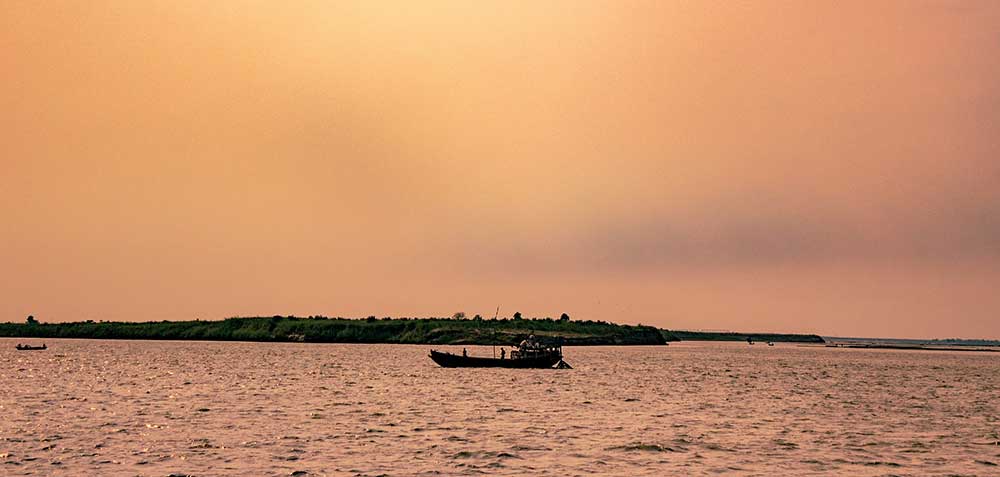
My first and foremost India travel advice is to choose the right time . In most of India, by far the most pleasant time to visit is from the end of the monsoon in November to the end of March. However, there are important exceptions.
The hill stations in the Himalaya and the Western Ghats are beautiful in the hot weather months of April to early June. Parts of the western Himalaya can be excellent through to September though it can be very cold and sometimes very wet in spring. Some of the country’s great festivals such as Dusshera and Diwali across India and Pongal in Tamil Nadu are celebrated in the autumn and winter. In Rajasthan, local camel and cattle fairs and the Desert Festival among the dunes are added attractions during these seasons.
Diwali, the festival of lights.
#What to take

Travel light. Most essentials are available in the larger cities. Items are cheap and laundry services are generally speedy. Loose-fitting, light cotton clothes being cool and comfortable, are good for travelling almost anywhere at any time of the year. Women should dress modestly to respect the Indian culture and to avoid unwanted attention. Comfortable shoes, sandals and trainers are essential.
Take high factor sunscreen and a sun hat to avoid getting sun burnt. It is best to take a sufficient supply of personal medicines from home, including inhalers and anti-malarial drugs. Photocopies of essential documents, passport identification and visa pages, and spare photos are useful when applying for permits or in case of loss or theft. This India travel advice will save you a lot of pain.
#Bargain
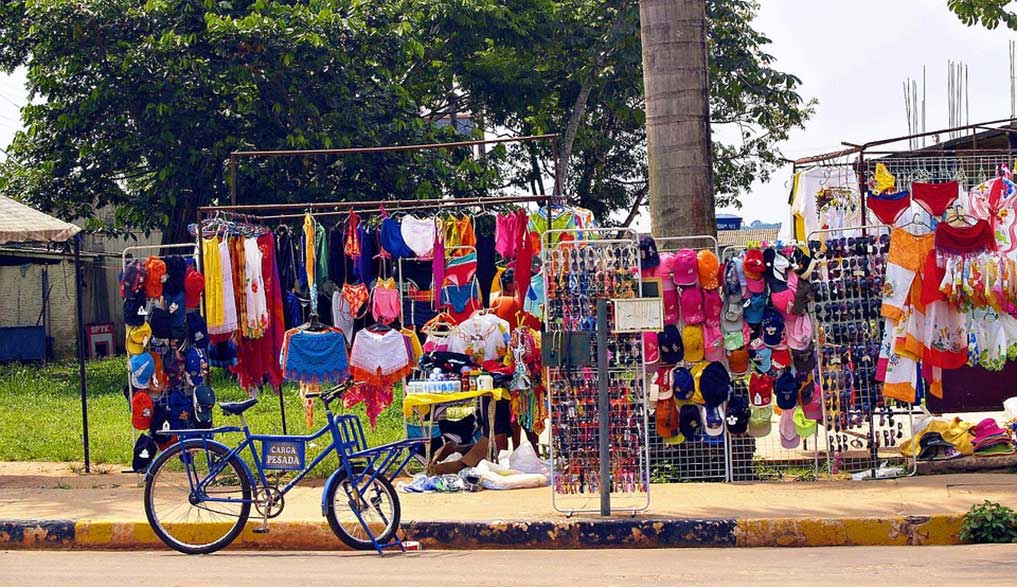
Sarojini Nagar bazaar, Delhi.
India excels in producing fine crafts at affordable prices. The local bazaars (market) are often a great experience but you must be prepared to bargain. Bargaining can be fun and quite satisfying. It is best to get an idea of prices of the items you are interested in, from the locals before taking the plunge. Some shopkeepers will happily quote twice the actual price to a foreigner showing interest, so you might have to start by halving the quoted price. On the other hand, it would be inappropriate to do the same in an established shop with price tags, though a plea for the “best price” might reap results even here. This India travel advice will save you a lot of money.
#Stay safe

By far, this is the most important advice for women travelling to India. For women, there are some problems to watch out for. You can take some simple precautions to avoid personal harassment. Modest dressing is always advisable. Unaccompanied women are most vulnerable in major cities, crowded bazaars, beach resorts and tourist centre. Some buses have seats reserved for women. If you are harassed, it can be effective to make a scene. Be firm and clear if you don’t wish to speak to someone. Most railway booking offices have separate women’s ticket queues. It is best to be accompanied at night, especially when travelling by rickshaw or taxi in towns. Be prepared to raise an alarm if anything unpleasant threatens.
#Book hotels in advance
India has an enormously wide range of accommodation. You can stay safely and very cheaply by western standards right across the country. In the peak season (October to April for most of India) bookings can be extremely heavy in popular destinations. It is recommended you book in advance by phone, fax or email either from abroad or in India itself. However, double check your reservation and always try to arrive as early as possible in the day.
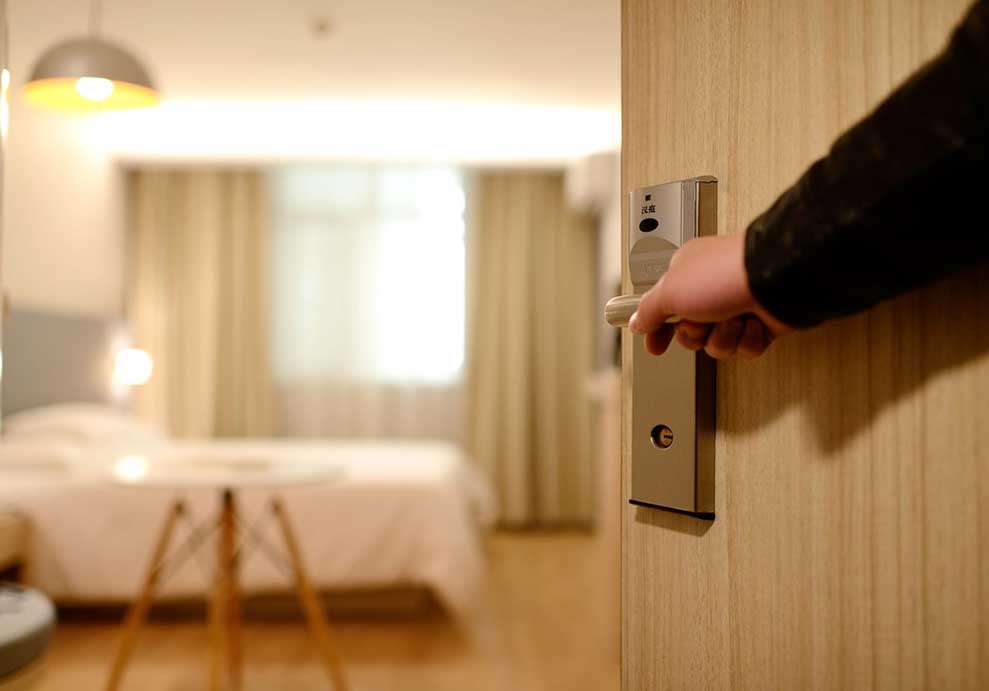
#Tours and tour operators

Here is another India travel advice. You may choose to try an inclusive holiday package or let a specialist operator quote for a tailor-made tour. Out of season, these can be worth exploring. The lowest prices quoted vary from about USD $650 for a week (flights, hotel and breakfast) in the low season, to over USD $3000 for three weeks during the peak season. Tour companies arrange anything from general tours to wildlife safaris to ashrams. For those of you planning your first visit, this is my most essential advice for travelling to India.
#Rules and customs

Most travelers experience great warmth and hospitality in India. You may however, be surprised that with the warm welcome comes an open curiosity about personal matters. Displays of intimacy are not considered suitable in public. You may at times be justifiably frustrated by delays, bureaucracy and inefficiency. The concept of time and punctuality is also rather vague so be prepared to be kept waiting.
Keep this advice in mind when travelling to India.
#Courtesy
It takes little effort to learn and use common gestures of courtesy but they are greatly appreciated by Indians. The greeting when meeting or parting, is accompanied by the word Namaste. ‘Thank you’ is often expressed by a smile or with a somewhat formal dhannyabad or shukriya. Traditionally, Indians use the right hand for eating, cutlery being alien at the table except to serving spoons in rural India. Use your right hand for giving, receiving, eating or shaking hands.
#Begging
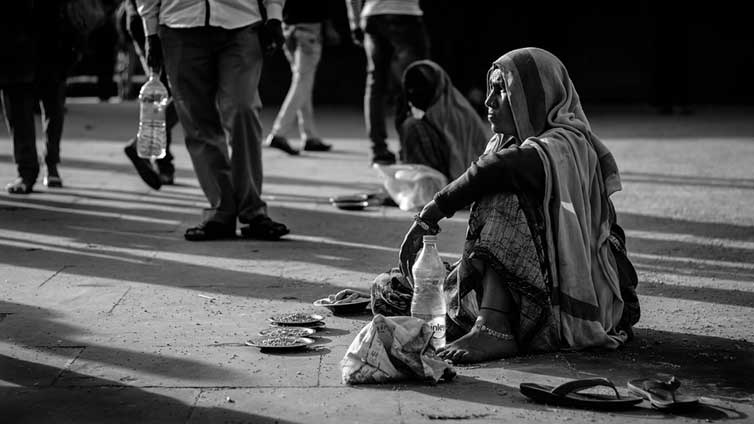
Beggars are often found in busy street corners in large Indian cities, as well as at bus and train stations where they often target foreigners for special attention. Say a firm “jaao” (go away). In the larger cities, beggars are often exploited by syndicates which cream off most of their takings. How you deal with a beggar is a matter of personal choice. It is perhaps better to give to a recognized charity than to make largely ineffectual handouts to individuals.
#Watch what you eat and drink
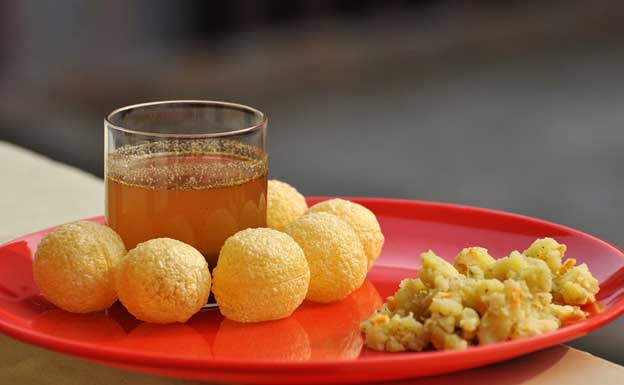
It is essential to be very careful while binging on street food since food hygiene may be poor. If you are unused to spicy food, go slow! Stick to Western food or mild Chinese meals in good restaurants, and try the odd Indian dish to test your reaction. Those used to Indian spices can choose to be more adventurous.
A big shout-out to all the readers and followers of my posts. This one is dedicated to you. Thank you guys for all the love and support. Please do share my blogs and its posts too.




